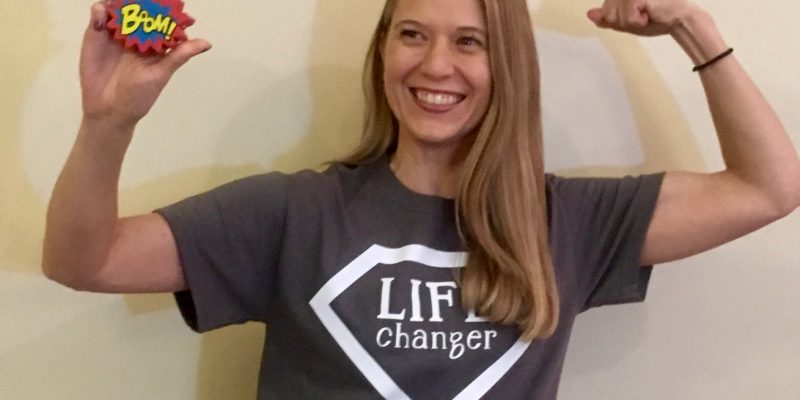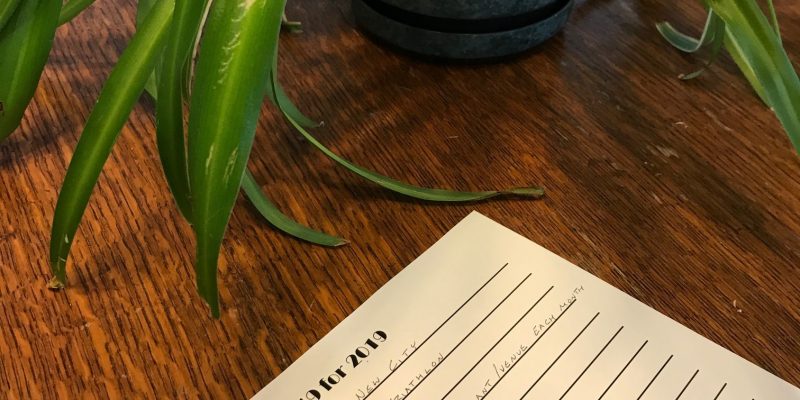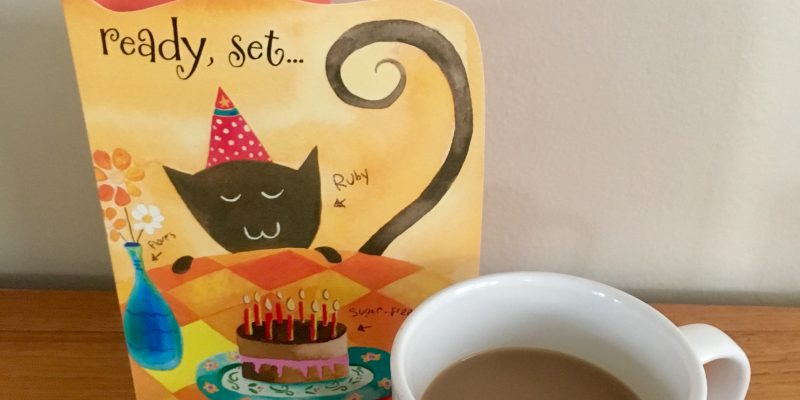The American Psychological Association defines resilience as “the process and outcome of successfully adapting to difficult or challenging life experiences, especially through mental, emotional, and behavioral flexibility and adjustment to external and internal demands.”
Life during a global pandemic has resulted in a multitude of challenges and changes. Even those that haven’t been directly impacted by illness, face adversities from social isolation to job loss. Resilience involves bouncing back from difficult experiences and can result in meaningful personal growth. Fortunately, like a muscle, we can grow our resilience with intention and time. The following are ways we can change our thoughts, behaviors and actions in order to become more resilient.
Create Connection
Remember that social distancing creates physical distance but does not mean social isolation. Create time for connecting with others safely. You can strengthen the relationships you have or participate in supportive online communities to develop new connections.
Promote Wellbeing
Support your physical health by attending to the pillars of nutrition, exercise and sleep. Cultivate your mental health with mindful practices including meditation, prayer, yoga or journaling. Pay special attention to the positives in your life and what you have to be grateful for. Don’t use negative outlets to numb your feelings such as consumption of drugs and alcohol or overindulging in the media.
Find Purpose and Take Action
Helping others by dropping off groceries to a neighbor in poor health or volunteering by sewing masks are a few ways we can gain perspective of the bigger picture and take the emphasis off ourselves. While accepting your emotions during difficult times, you can also notice opportunities for self-discovery. Find ways to take small steps and move forward.
Cultivate Healthy Thoughts
Accept that change is inevitable and focus on what is within your control. Don’t over-personalize a negative experience. An optimistic outlook helps you to look forward to and create better circumstances.
Seek Professional Support
Our social circles can be a wonderful source of support. However, there are times when a mental health professional with specialized knowledge and resources can help you work through your thoughts and emotions.
Strengthening your resilience takes time but it’s worth the effort. What’s one small step you can take to get moving on your new path?
Adapted from the American Psychological Association
For student resources, visit the Cornell University page on building resilience.
Photo by Garrett Anderson on Unsplash









